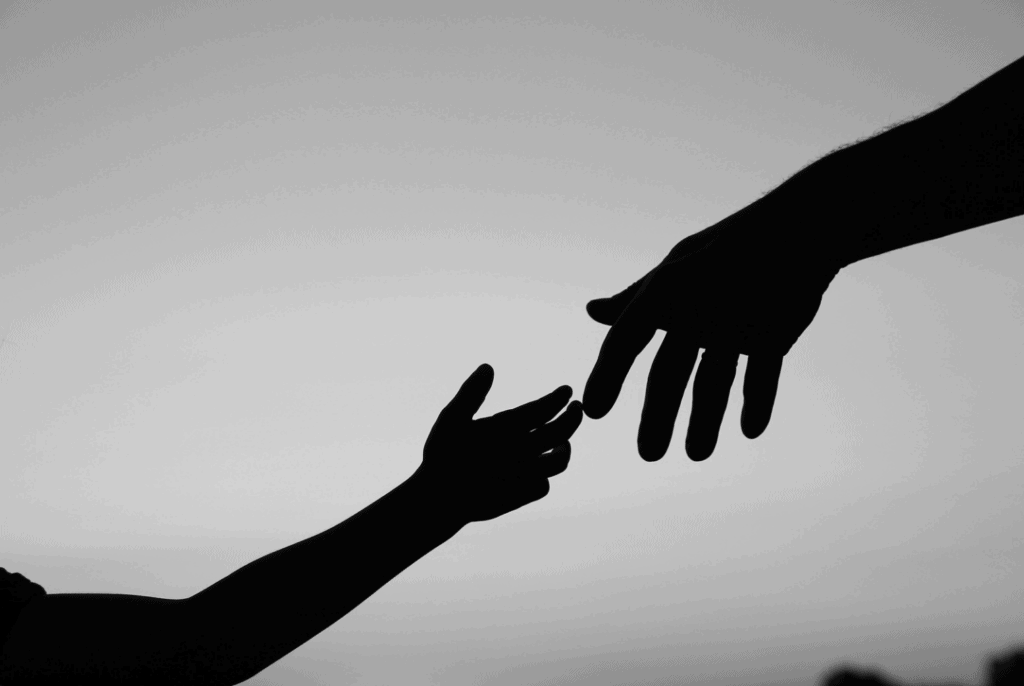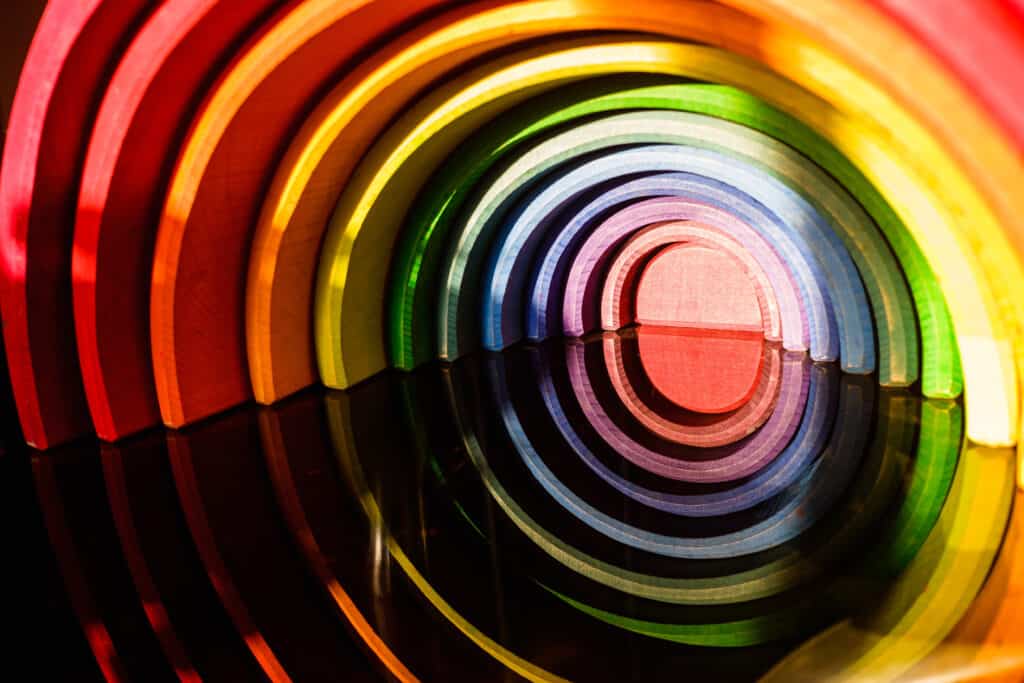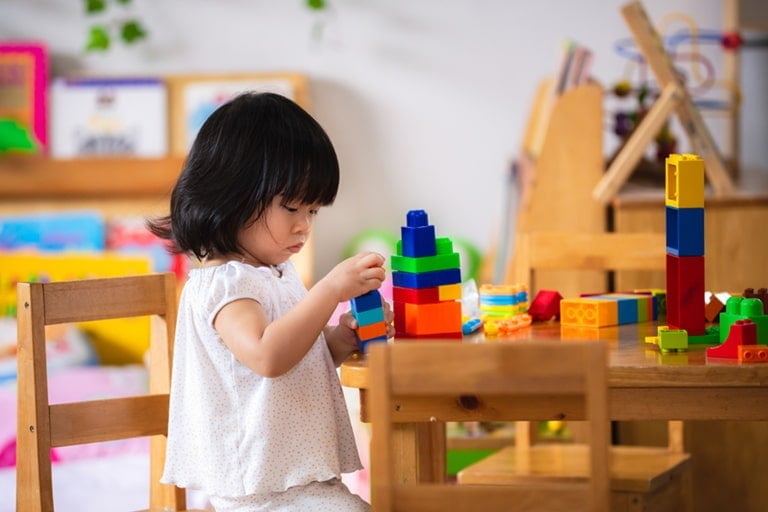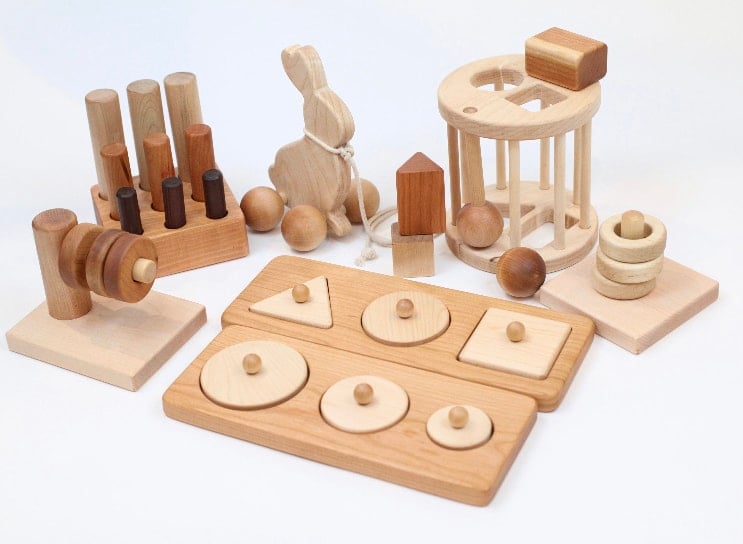One of the most important times for learning in life is during your child’s toddler stage. During this crucial time, children are absorbing a multitude of information at once, and being able to supply them with good
Montessori toys don’t need to be expensive. Here are a few of our favorite toddler toy ideas for every budget:
- Free (homemade): Shaker bottles, object permanence boxes
- Used toys: Check local markets, friends, or thrift shops
- New toys: Brands like Elite
Montessori or Melissa and Doug - Specialized toys: Etsy or Mama P’s shop for handcrafted, specialized
Montessori toys
When buying these toys, you’ll want to consider their materials and specific purpose in addition to your budget. Never buy a toy that seems too cheap to be true, as it may end up being of poor quality and dangerous. Still, getting your toddler some

Where to Get Montessori Toys on Every Budget
In an ideal world, price should not be an obstacle when it comes to your child’s learning and development. That being said, because
However, this doesn’t have to be the case. If you know where to look, there are options for every budget for
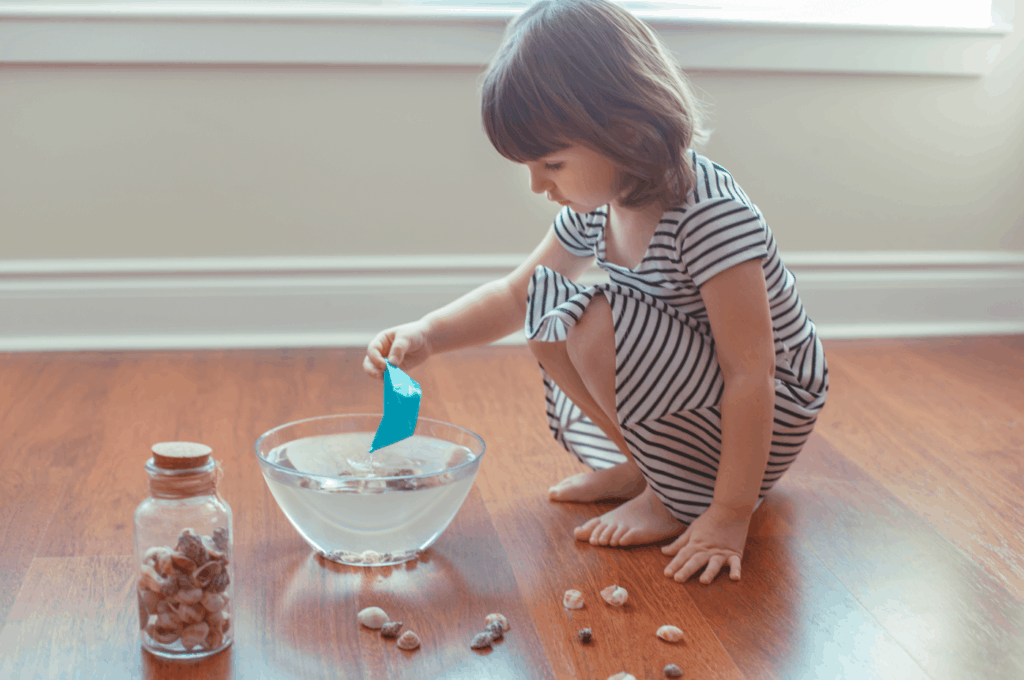
Free Toys! Making Montessori Toys at Home
One of the best options for saving money on
- You can reuse old plastic bottles and tins to make shakers by filling them with dry beans, beads, rice, and other materials, which help children explore sound and weight. This can be done with or without water for different sensory effects.
- You can reuse old wipe containers or tissue boxes by filling them with fabric scraps or tissue paper for your child to pull out. A box with a closure is especially good for this, as it adds another step of discovery and exploration to the activity.
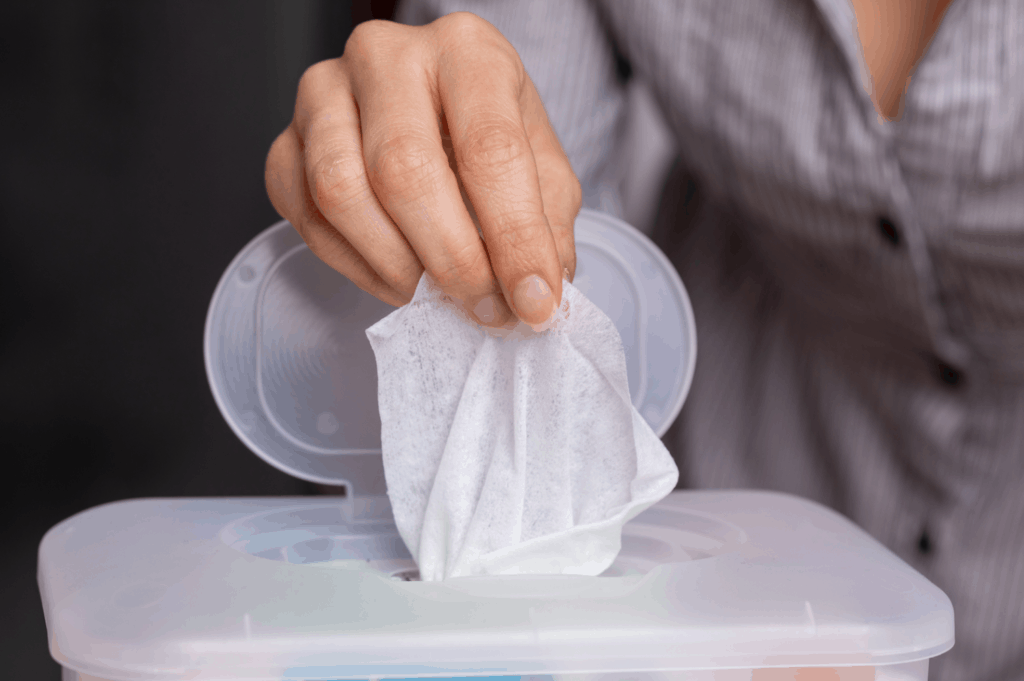
- You can make an object permanence box, which is a classic
Montessori toy that is, very simply, a cardboard box with a hole in the top and a tray on the bottom. This allows your child to drop a ball into and watch it momentarily disappear before reappearing. - One of the most popular and effective
Montessori toys for toddlers is a sensory bin, which can be made at home very easily. Take a large, deep container, such as a storage bin, and fill it with dry rice, beans, sand, etc. Then, add scoops, cups, and small toys to it, and allow your child to dig through the material. This toy might be better suited to slightly older toddlers, given the presence of smaller parts that might be a choking hazard.
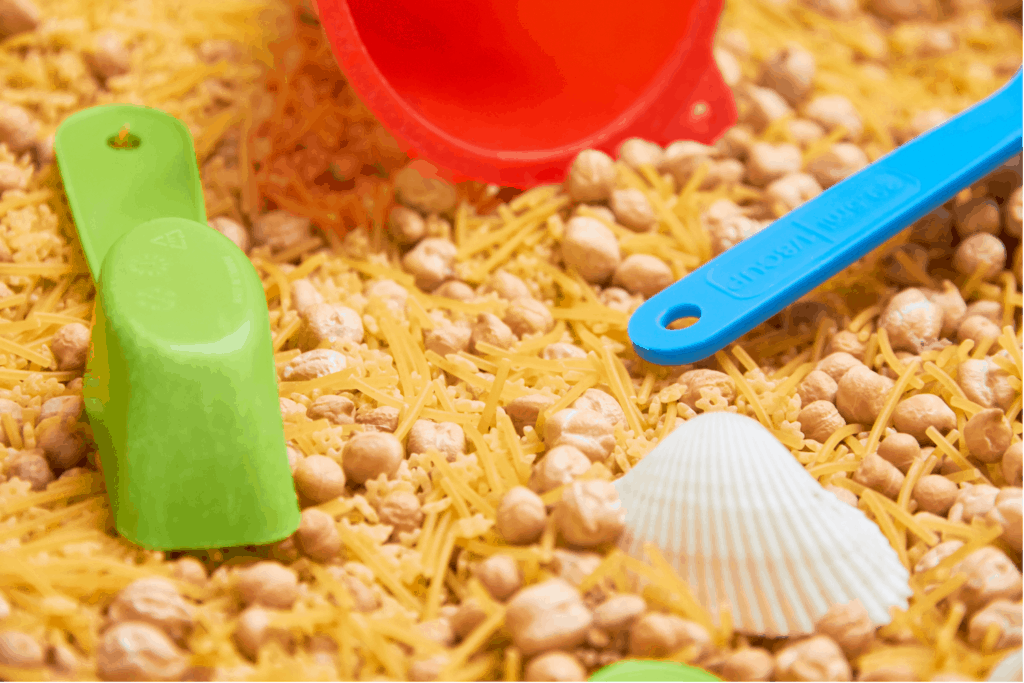
For some of these items, you may need to buy some additional material, but that can be done fairly cheaply. Utilizing your local dollar and craft stores can mean you are able to make toys that are adaptable to your child specifically—for example, in their favorite colors and materials. It can also be fun for you, letting you get creative with the projects you decide to build and putting you more directly in charge of your child’s learning activities.
If you are interested in learning more about make-at-home
Buying Used Montessori Toys
Because
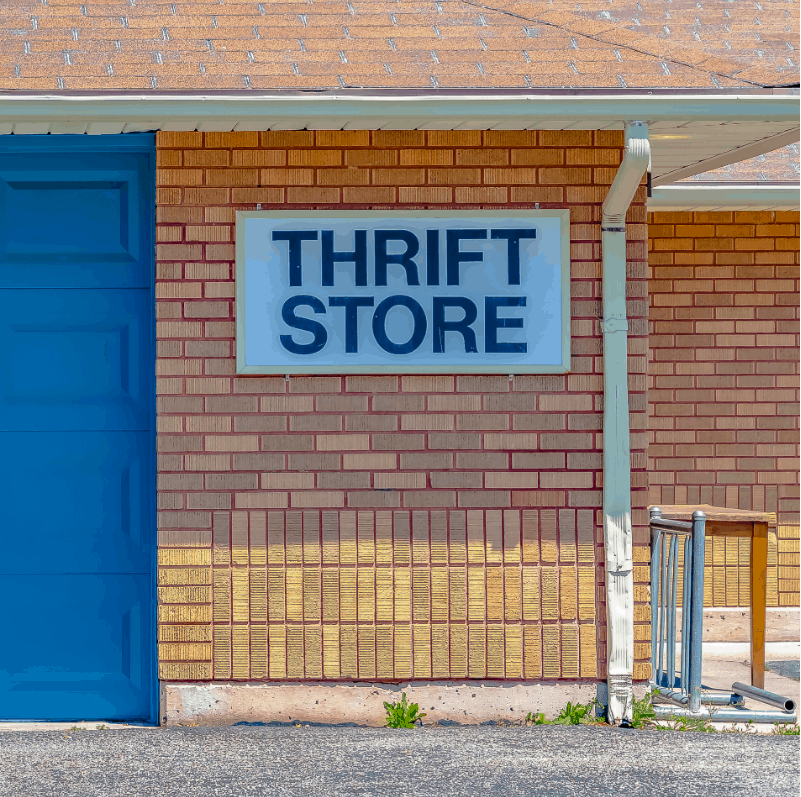
- One great option is to check your local thrift and second-hand store for toys that can work for this method. Thrift stores tend to be significantly cheaper than buying brand new, although your selection will be much smaller. You may also consider frequenting garage sales for the same reason. This will give the added benefit of letting you speak to the previous owner with any questions you have about where the toy came from and what it’s made of.
- You can also talk to friends and family members that also use the
Montessori method, and see if you can get the hand-me-downs that they are no longer using. Even if they aren’t specifically using the method, they might have old bricks, blocks, and other learning toys that would be helpful to you and your child. - You’ll also want to check social media support groups and marketplaces to see if people are getting rid of toys they no longer need, as these will tend to be at a significantly reduced price. Like garage sales, this option means that you’ll be able to ask the previous owner about the toys directly.
When it comes to sourcing used toys, you don’t have to look for anything that is specifically marketed toward Montessori parents and educators. Instead, you’ll want to look for toys that meet the qualifications for
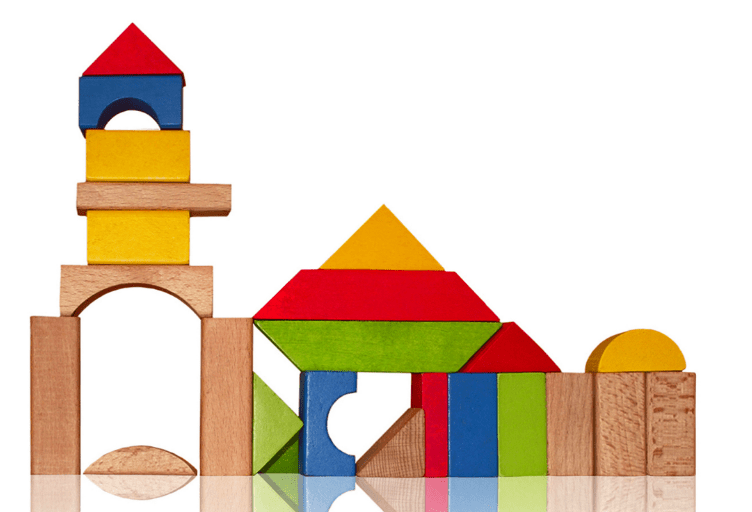
Wooden blocks and figures, child-sized pots, pans, and cleaning utensils, and other “vintage” toys tend to work very well in the
If you are buying used toys, make sure to sanitize them before you give them to your child, just in case. You’ll also want to be careful of older metal toys that might contain harmful materials like lead in the paint or rust. To read more about why
Buying New Montessori Toys
If you are in the market for new
- Elite Montessori. This company specializes in
Montessori method toys and tools for your child’s education at every level. They carry the classics of the method, from object permanence boxes to checkerboard beads to pegboard puzzles and more. Their toys range from around $20 for the smaller kits and sets to more than $50 for the largest toys and activities.

- Edushape. While not always made from Montessori-preferred natural materials, Edushape toys can be an excellent, lower-cost option for
Montessori education. They carry classical children’s toys like wooden and cardboard building blocks, as well as shakers and marble runs. Their toys range mostly around $15, with a few outlying, bigger sets weighing in around $50.

- Melissa and Doug. Possibly the most popular of the brands mentioned on this list, most Melissa and Doug products work very well for the Montessori parent or teacher. They carry lines of household cleaning kits, groceries, silverware, and more, all designed in child-size to allow your little ones to follow along with your daily tasks. Their products are slightly more expensive, averaging around $15-20 for the least expensive block sets and toys, but can go up to around $300 for the larger playsets.

If you’re shopping in person, consider bringing your child with you to the store, and allowing them to point out the toys that interest them the most. This can be an excellent opportunity to get them actively involved in their education, not only in the actual toys themselves but in the process of shopping and purchasing items.
Individualized Montessori Toys
If you’re looking for the highest possible quality items that will last a long time, you may look into the more individualized items available on Etsy and similar independent sales platforms. These items tend to be specifically designed for
- Simply to Play. Simply to Play works out of New Hampshire, and creates high-quality, small-batch
Montessori learning toys for younger children made of softer woods and natural fibers. Their products range around $5-10 for smaller toys and cards, to between $25-50 for larger, more complete sets.
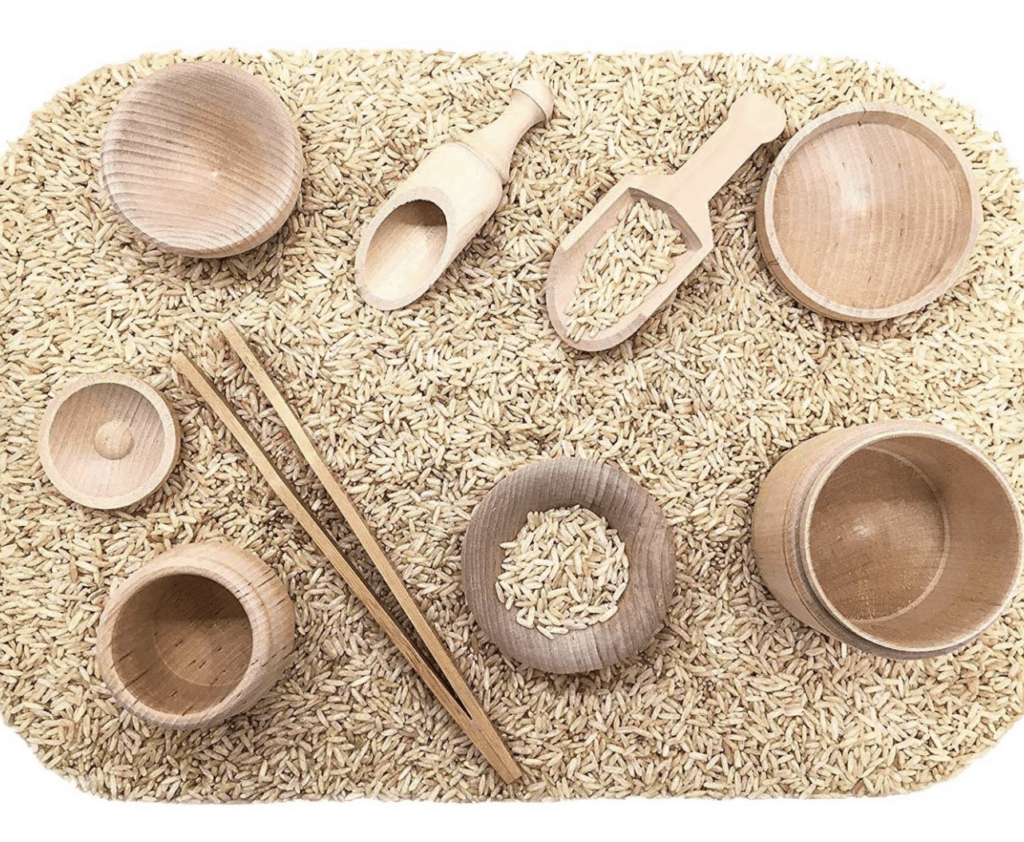
- HeirLoomKidsUSA. HeirLoomKidsUSA operates out of Louisiana, and creates wooden toys and puzzles from American woods, specifically citing cherry, walnut, oak, maple, and birch. They offer personalization options for some of their toys, including a block puzzle of your child’s name, and carry sets of essentials for different age ranges. Their toys range between around $15-20 for smaller toddler rattles and matching blocks to more than $150 for an essentials kit for children ages 12-18 months.
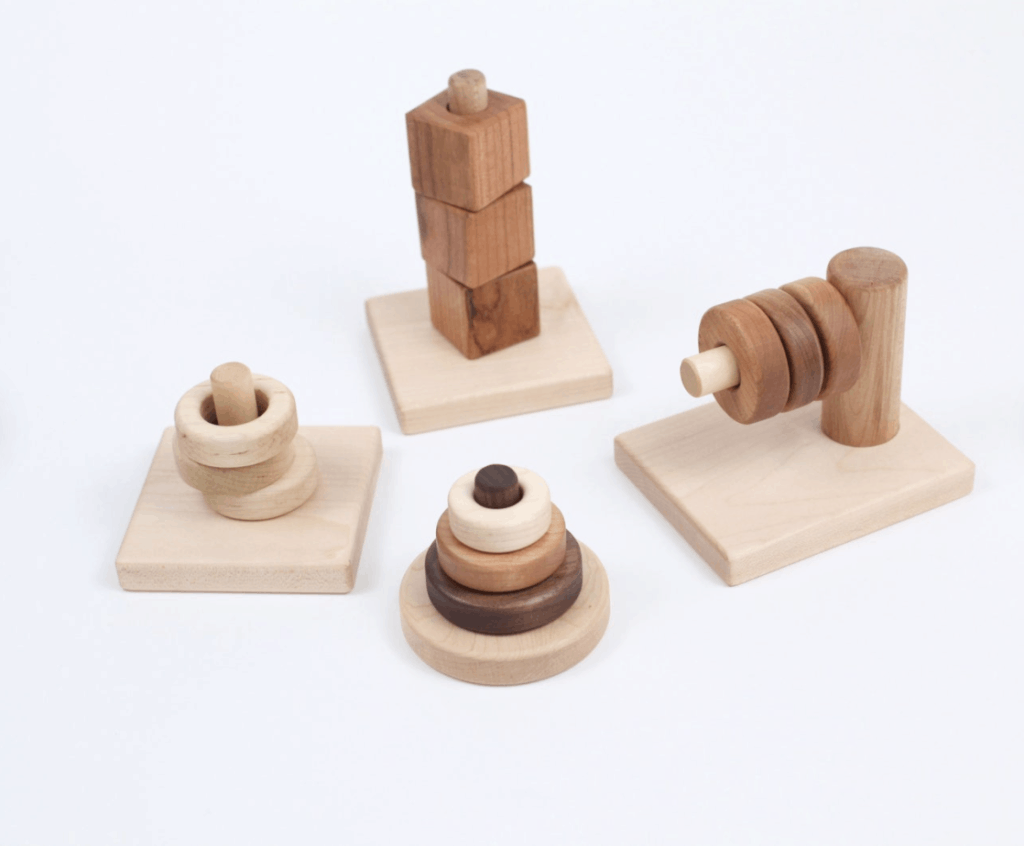
- Mama P’s Place. This charming shop based out of Minnesota offers many classic
Montessori items, as well as more unique offerings such as pretend makeup kits and child-safe sewing sets aimed at teaching your child sewing and mending skills. They offer custom orders for many of their products and have options for extra pieces to all of their puzzles and kits. Their products range from around $10 for ribbon wands and rattles to more than $50 for their multi-activity gift box sets.
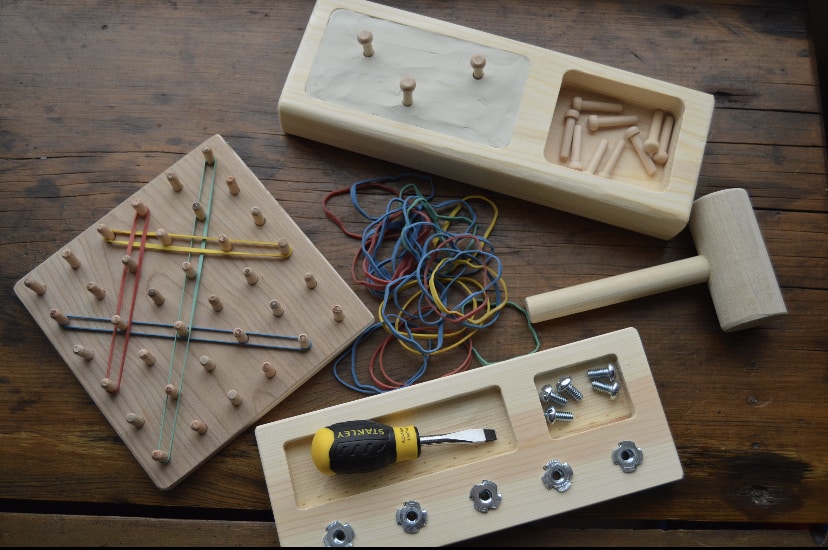
When it comes to choosing individualized products, make sure that you read the reviews from verified customers before purchasing to ensure that you’re choosing a real, reliable craftsman that has a proven track record of creating solidly good products.
For more information, check out our article on Are Montessori Toys Worth the Cost?
Do More with Fewer Toys
As mentioned above,
One of the best ways to do this is to cycle through the toys on your shelves. Limit the number of toys available to play, and every few weeks or months, replace them with toys that were stored. Mix and match combinations of toys and activities in new ways to make sure that your child always has different, exciting options for play. Montessori In Real Life suggests that this be done by providing your child with a simple distinction of a play space and a storage space, and regularly changing the options available within easy reach for them to play with.
Another excellent option is to incorporate activities that don’t require toys into your child’s routine. Take them out on walks and talk about the different things they see in the neighborhood, or go to a museum and interact with the exhibits there. Get your child out of the house for a little while, and use these new experiences when playing with toys when you get home. Incorporate these experiences into your child’s playtime, and you’ll be able to get far more mileage out of fewer available toys.
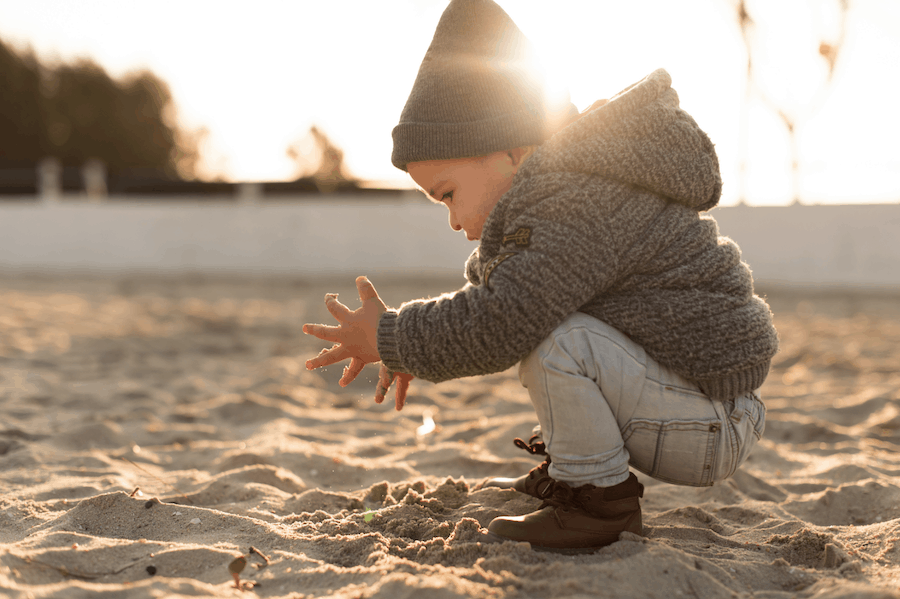
The Purpose of Montessori Toys
The Montessori method of parenting and childhood education is based primarily on the idea that children learn by seeing and doing things for themselves. It was developed by Maria Montessori in the late 1800s and early 1900s, after extensive study of children’s natural behaviors and tendencies.
Montessori toys are meant to teach through play. These are preferably made of wood, natural fibers, or other natural materials. They’ll also be very simple; these toys won’t require batteries and will be designed for the child to manipulate completely independently.
These kinds of toys will be rooted in reality (so you won’t find many dragons and unicorns among them) and will serve a practical function as a teaching tool.

This means that each toy will have a very obvious, very specific purpose, even if they are multi-use and adaptable as the child ages. They will also be appropriately sized, meaning that they will be smaller and easier for children to manage. This, again, is done for the sake of independence.
When considering toys for your child, you should be looking for something that they will want to interact with on their own without any specific instruction. It should be clear what they are meant to do and how to do it, even if it takes a little while to actually accomplish it. Observe your child as they play, and incorporate the behaviors that you see into the toys you buy.
Does your child like to take things apart? They may enjoy playing with blocks and screws. Do they dig through your bag and play with it? They might like latch boxes. Indulge your child’s natural curiosity.

Making Montessori Education Accessible
Once your child has outgrown their toys, you can have your toys grow with your child as they grow. This can be done by adding layers of complexity and new ways of using them.
Say for instance you are using a simple object permanence box. As your child gets older, you might consider putting a removable flap or door over the tray opening, that your child has to move in order to retrieve the ball, which introduces an element of problem-solving. This can be a great way of building on previous concepts while saving money by adapting rather than buying a new toy.
Alternatively, you might even consider reselling or donating them. This is an excellent way to help another parent succeed, and prove that the Montessori method can be successful, even on the smallest budget.
The point of the method is to encourage your child’s natural impulses to explore and learn. That doesn’t have to mean buying the latest trend in terms of toys and games; it can simply mean having more time spent on experiences and quality playthings than flashy, short-lived technology!


